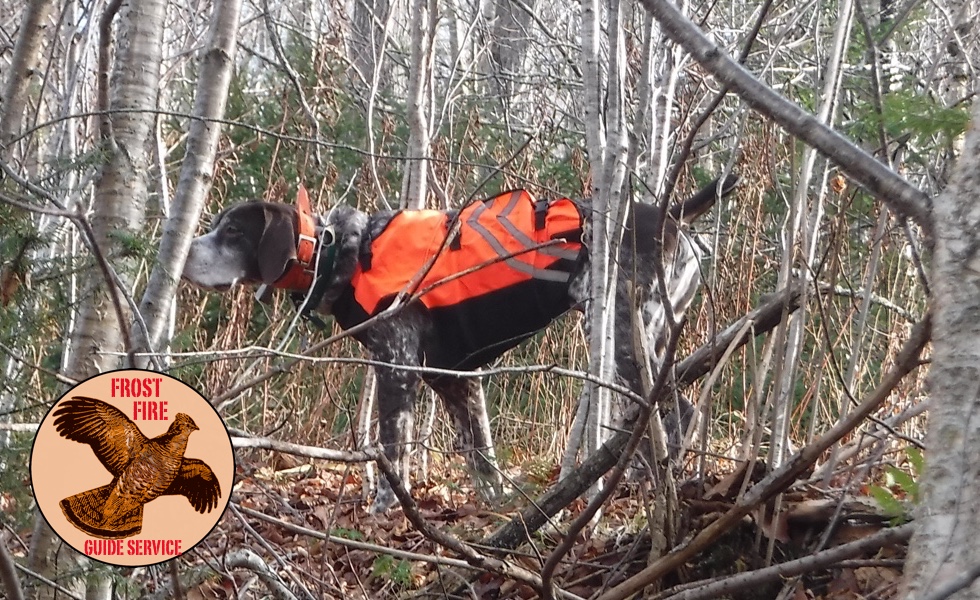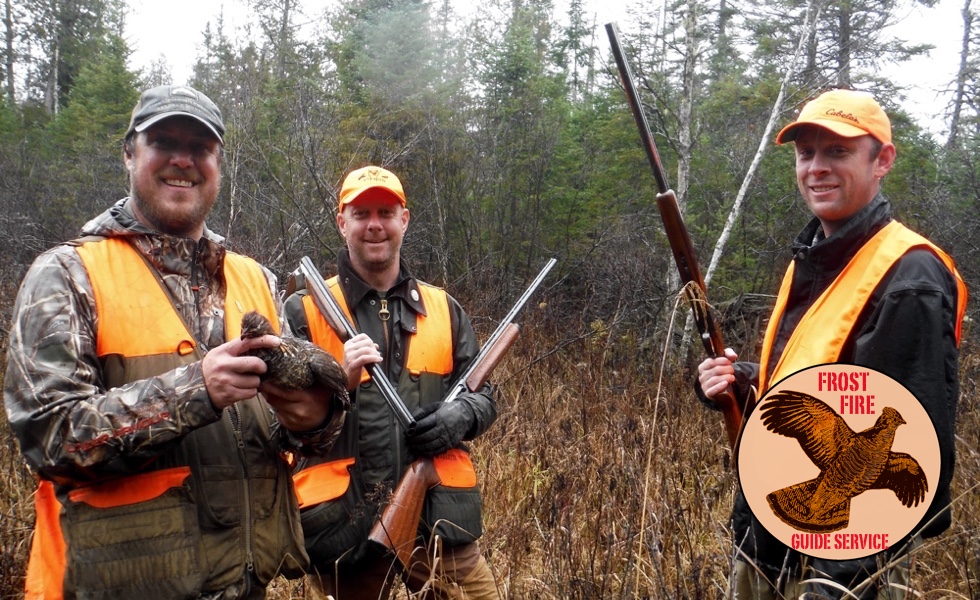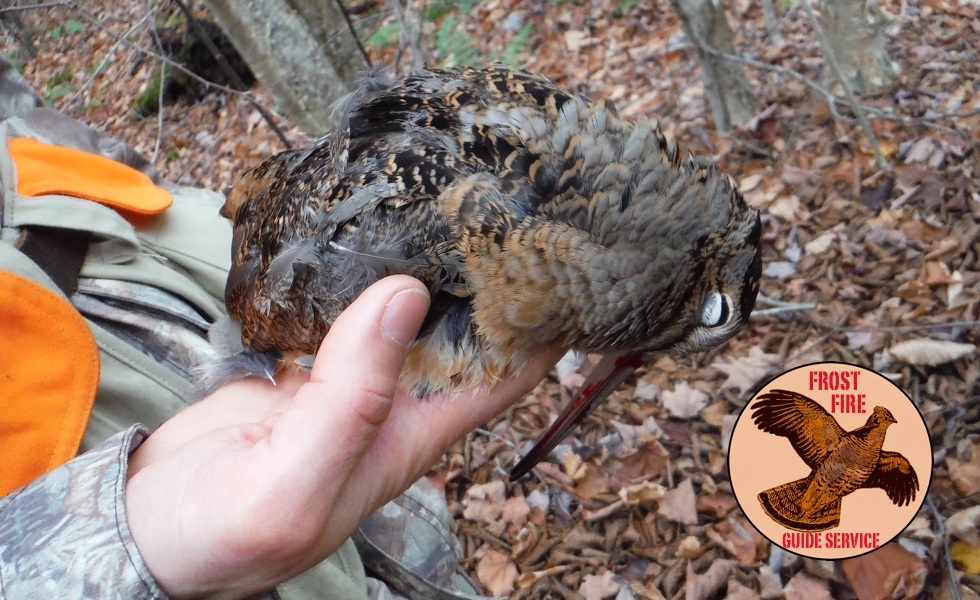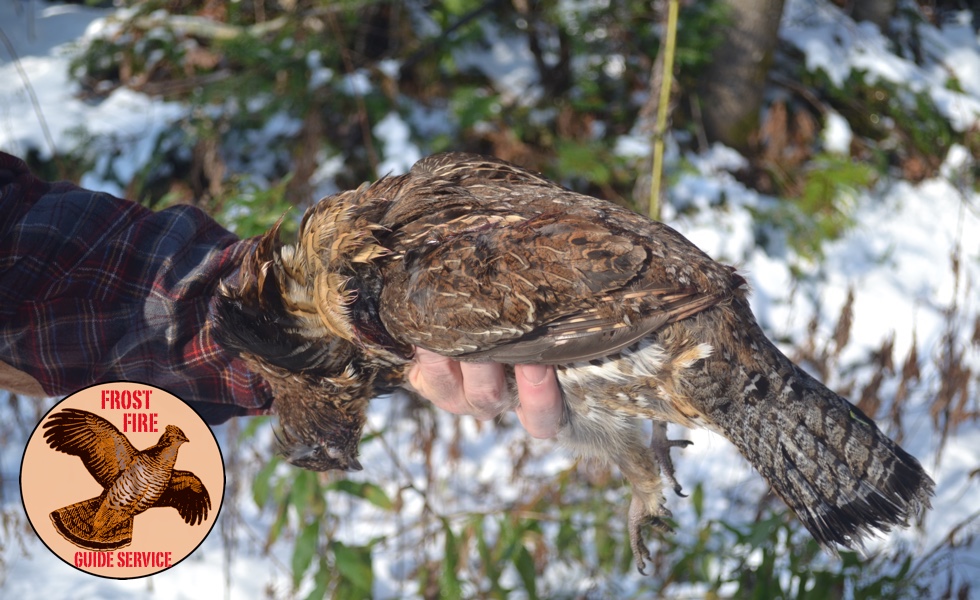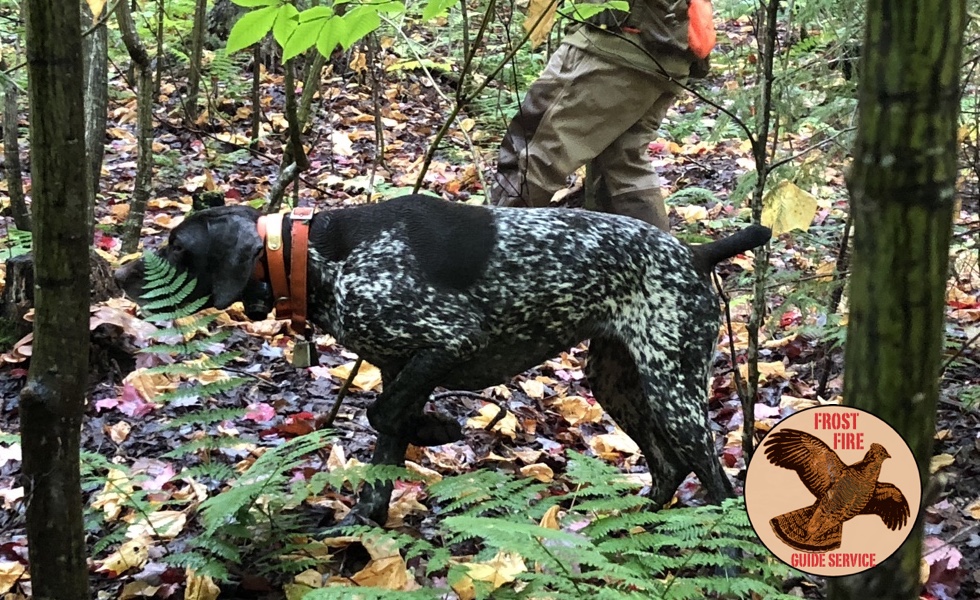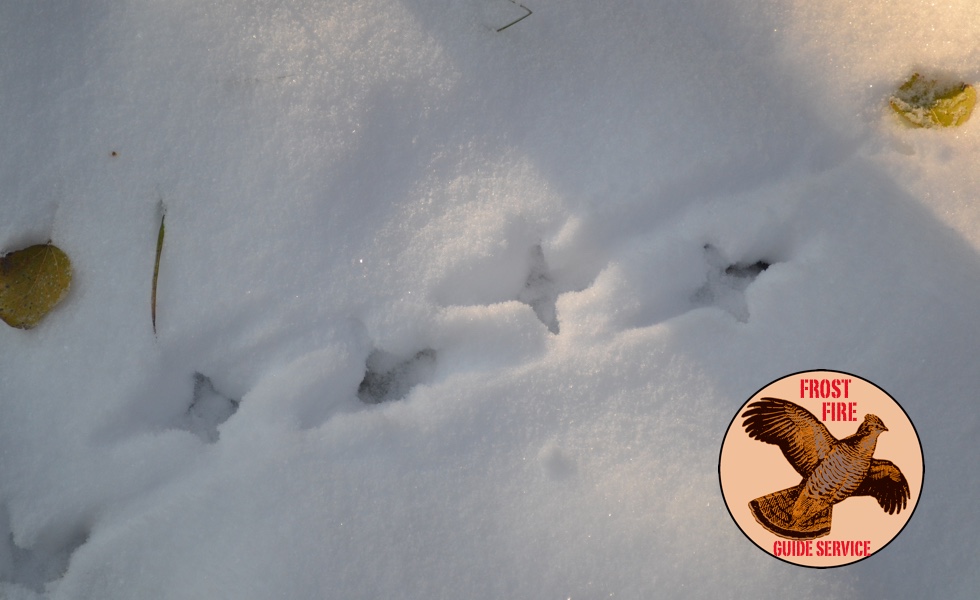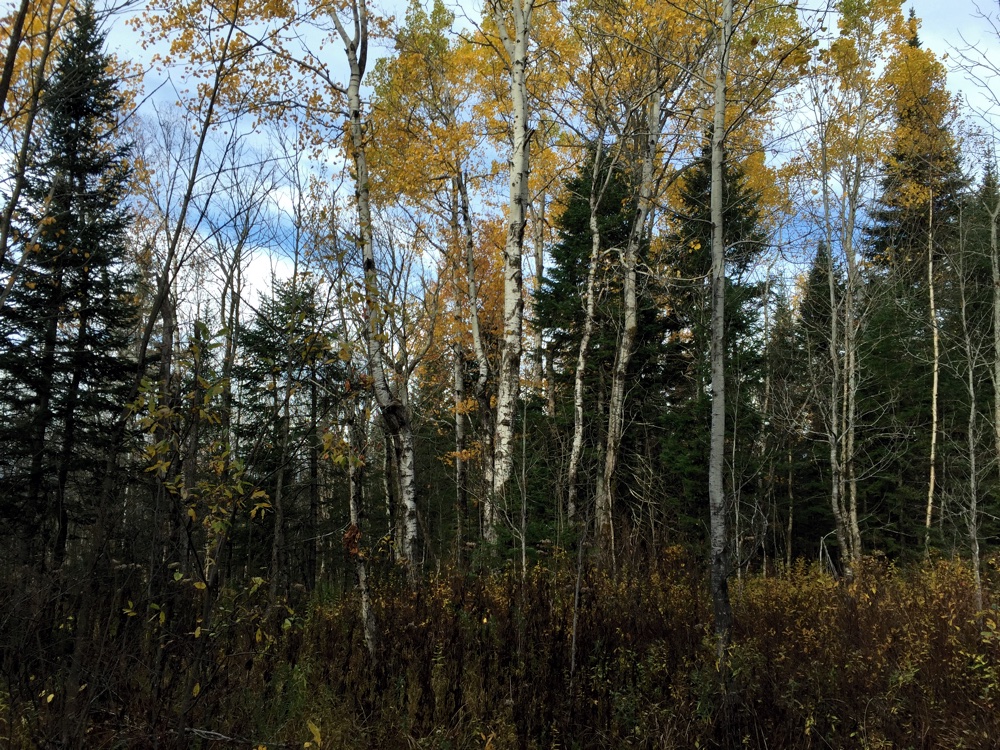What is "Great" Grouse Cover?
Over the years, I’ve changed some of the areas that I look for grouse and now tend to focus on certain characteristics of the cover in question. Firstly, areas of regenerating trees where logging has taken place, especially in cuts 5 - 15 years old, are spots that are of interest to me. Young poplar, maple, birch and beech that are anywhere from 10 to 20 feet high provide not only thick ground structure but overhead canopy protection from raptors as well. Look for trees that are “thick as your wrist” and you may be in the right kind of regenerating cover. Almost every one of these areas I’ve seen at least a couple of grouse, and sometimes there’s a lot more than that. Hunt the edges and make a few middle passes if the cover looks thick enough. Hunt the “islands” of cover in and around the cuts which provide protection for the birds. Preseason scouting occasionally works to find these areas, but I utilize Google Earth often to find the cuts and age them through historical data.
As the season changes and the weather grows colder and snowier, I usually change my focus to areas with thicker cover, especially with spruce and fir trees. While these areas can be located through scouting as well (often while hunting a cut area, I’ll see softwoods that could be grouse cover when the weather deteriorates), I like to find smaller brook bottoms where grouse can safely hang out and get water well in to winter. Almost every brook has cover like this, as a buffer is required from logging activity - you guessed it, that buffer usually is spruce, fir, or other thick cover that grouse like (alders, for instance).
Check these areas out when you’re hunting next time and maybe you’ll be surprised. As we all know however, great grouse cover is wherever you find grouse!
